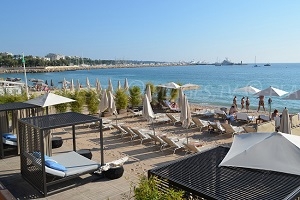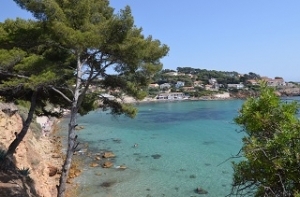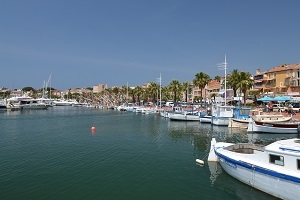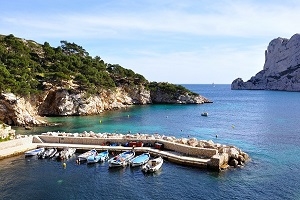La Ciotat: a seaside resort with beautiful beaches and Calanques
La Ciotat, a small town in the Bouches-du-Rhône region (South of France) about thirty kilometres from Marseille, is a seaside resort of choice, leaning against Bec de l'Aigle and Cap Canaille, offering a panoramic view of the sea. From coves to sandy beaches and islands and palm trees, La Ciotat is undoubtedly a showcase of the Mediterranean full of charm and authenticity and one quickly forgets that it was once a shipyard.
What to see in La Ciotat?
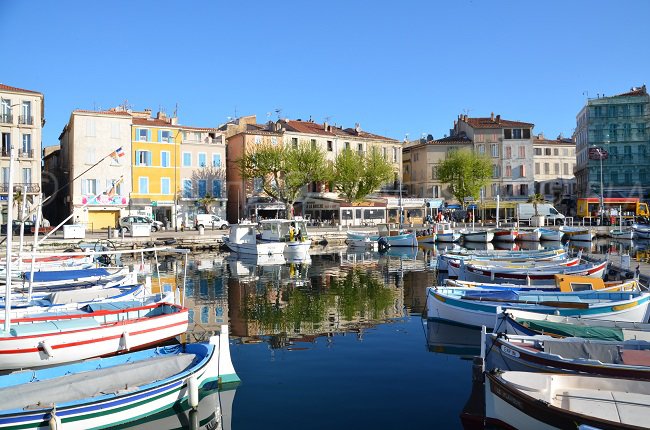
The port of La Ciotat with its points and village houses
It is fun to stroll through its small shaded streets, discover its history and the many personalities that have wrought it, and to indulge in a game of boules on one of its squares. It must be said that this is where it was performed for the first time in 1907 on the Beraud field. The station and the Eden Theatre were both of them sets for their first cinema film, "L’arrivée du train en gare " of the Lumière brothers. The street of the Poilus is an ideal starting point to admire the ancient alleyways and numerous chapels and heritage treasures. The Church of Our Lady of the Assumption deserves some attention here before resting below in one of the terraces of the dock on both sides of the shore. Nature has a large square in the city and offers stunning and amazing sceneries. The port of La Ciotat offers beautiful Provençal colours.
The beaches and coves of La Ciotat
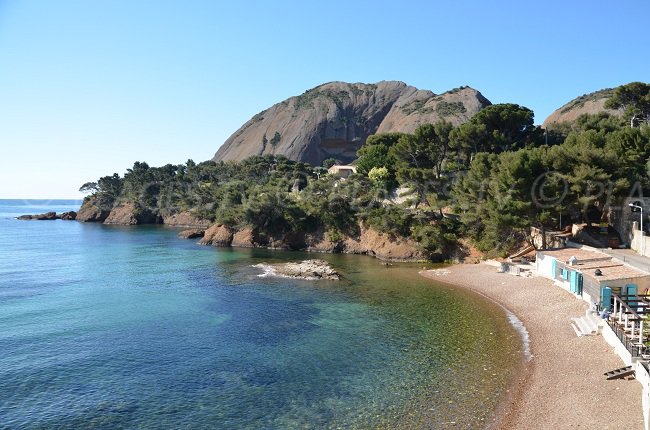
Mugel Calanque in La Ciotat
Beach and coves are must see. Those are to be discovered from the Mugel Park from where a path goes up to the belvedere; the view is stunning. The Calanques of Figuerolles and Mugel are worth visiting.
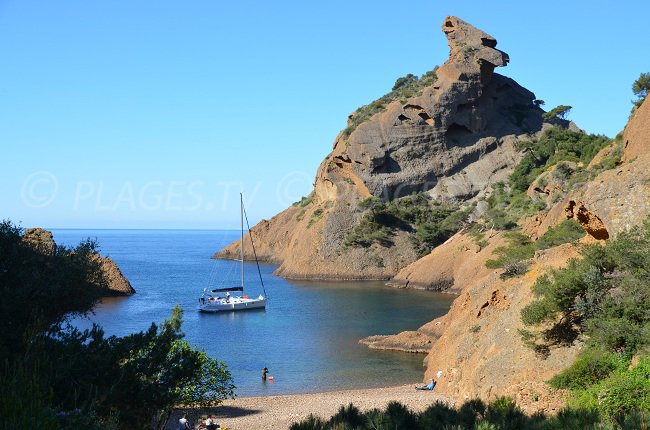
Calanque of Figuerolles
The city also hosts many festivals and celebrations throughout the year. As for the beaches, visitors have plenty of choice. A dozen expanses of sand or pebbles where one can practice diving or water sports are available to vacationers. In the center, four large sandy beaches follow one another in the coves: Capucins Beach near the port of the same name, Cyrnos Beach, Lumière Beach, which is one of the first non-smoking beach in France and Grande Beach where one can enjoy water activities. In the east, towards St-Cyr-sur-Mer, there are some less crowded beaches like Fontsainte Beach (long but narrow), the small coves of Arène Cros or Liouquet Beach, which is the last beach of the Bouches du Rhône.
The Green Island (Ile Verte)
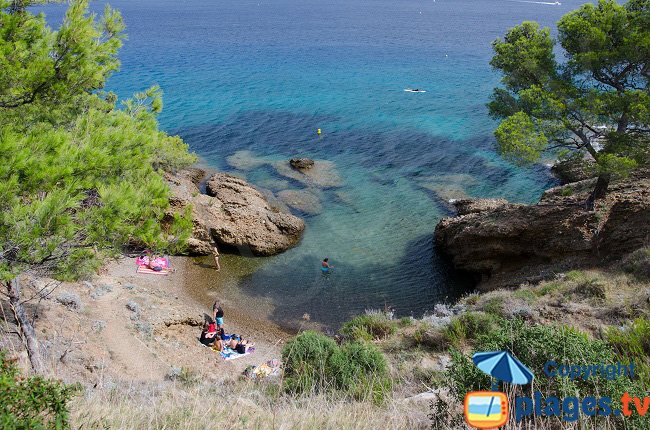
Calanque of Ile Verte
In summer, it is possible to reach Green Island from the port (shuttle every hour in summer, € 12 return journey), a wooded island of Aleppo pines with lush vegetation, perfect for a small picnic and a nap in the shade. From there, Bec de l’Aigle is even more majestic. There are three coves on Green Island. They are small; it is advisable to go outside of the months of July and August to swim. At the port, there is a small restaurant directly overlooking a small beach.
What to see near La Ciotat
The landscape is made of cliffs; those of Soubeyrannes are the highest in Europe (394m), valleys (Brusquières, Ténèbres, Mallombre… which welcome speleologists worldwide) and one can admire the bay of La Ciotat to the islands of Marseille from the road of the Crêtes.
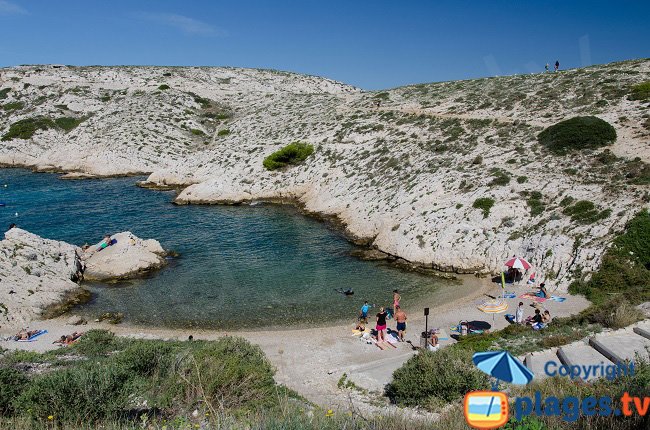
A cove in Frioul near the village and harbour (Marseille)
Among the must-see areas around town, Saint-Cyr-sur-Mer, Bandol, Sanary-sur-Mer and Six-Fours-les-Plages east and Cassis, Marseille and its calanques, Aubagne and why not Aix -en-Provence to the west ... The journey is also the opportunity to visit the islands of Embiez and the hinterland with the vineyards and small villages of Provence, Mont Faron, the city of Toulon and many other sites.
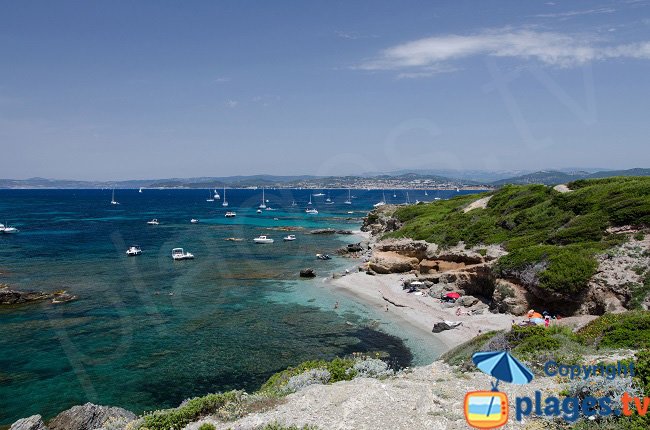
Allemands Cove: a beautiful cove in Embiez

